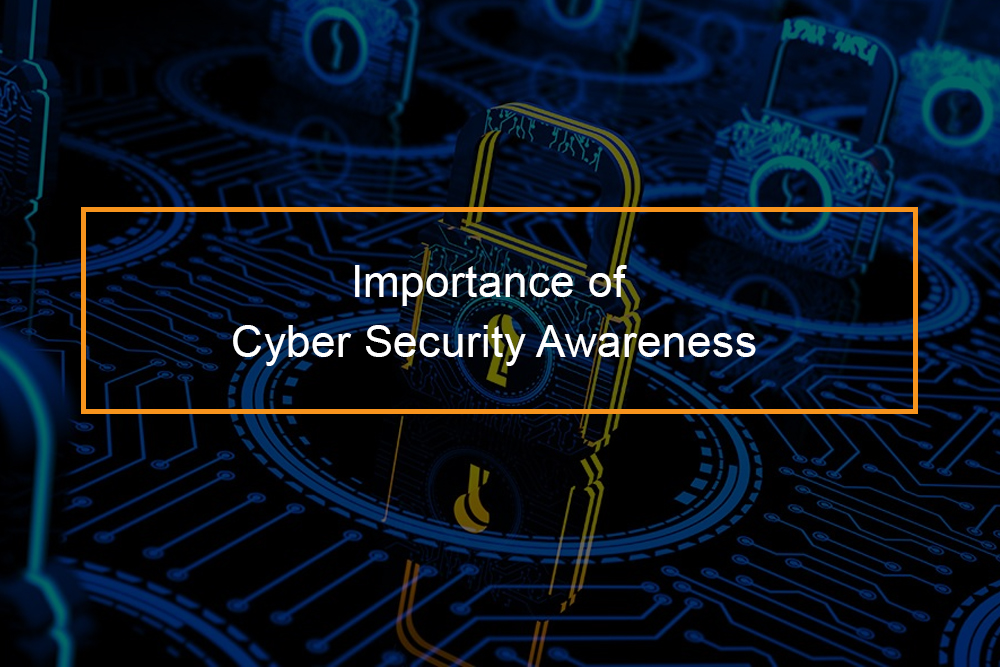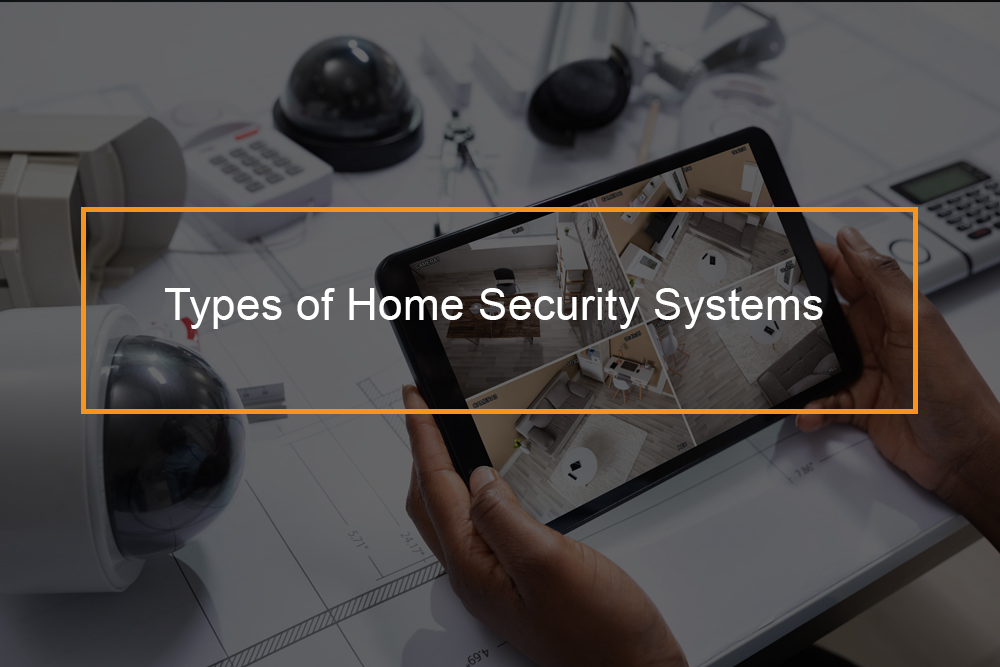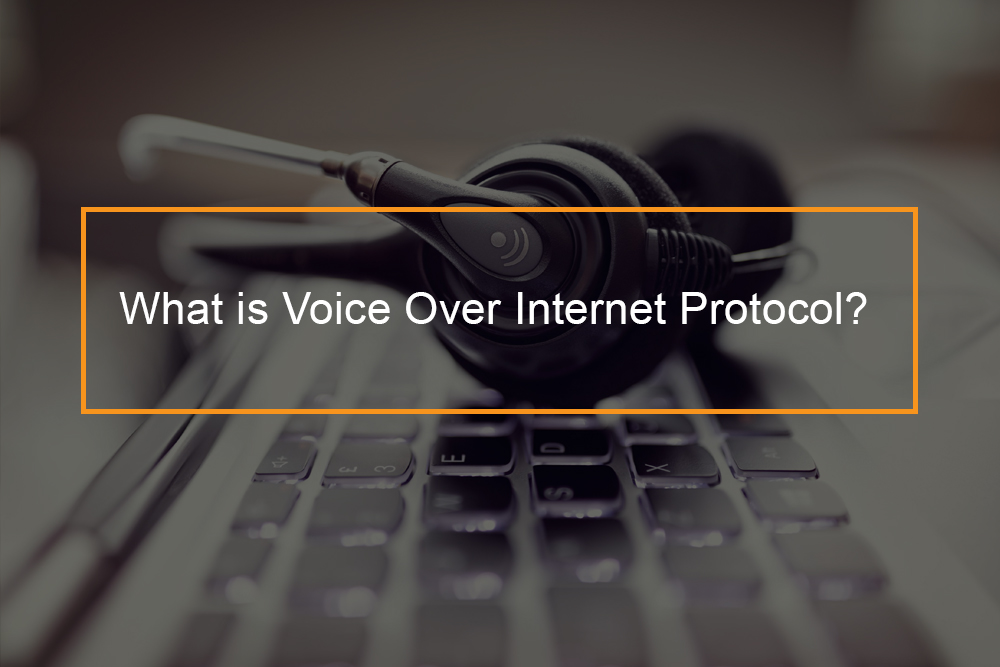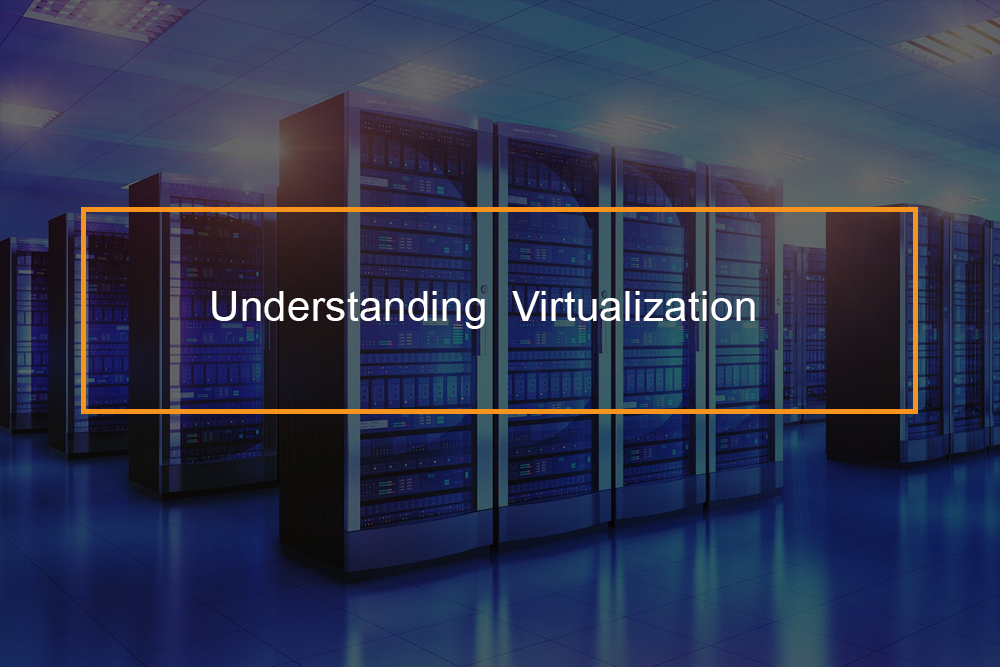
The world we live today is no longer the sole territory of state -backed groups -one individual can be a threat motivated by the challenge of hacking.
Actually, you would be forgiven for thinking every time you listen to the radio, turn on your Television or even pick up a newspaper, you will hear or read the latest story of cyberattack or data breach.
Today many businesses have been victims of cyber attacks or breaches. This article is a key to protecting your business from cyber threats.
If you want to improve cyber security across your business whether private, public or charitable organization relax as this post will enhance your understanding involving cyber security and identifying potential threats that you might anticipate are a threat to your company.
What is cyber security?
What is cyber security awareness all about?
The issue of cyber security has never been simple. This is because threats evolve everyday and attackers become more inventive.In fact it does not matter if your organization is small or big if you have not properly invested in cyber security, attackers will bypass your organization’s defences.It is therefore important to understand cyber security and identify what entails good cyber security.
Cyber security is the practice of protecting computers, servers, mobile devices, electronic systems, networks and data from attacks. The term can also mean information technology security or electronic information security.
Generally, cyber security comprises of technologies, processes and controls which effectively reduce the risk of cyber attacks and protect organization as well as staff from malicious exploitation of systems networks and technologies.
Cyber security is based around three pillars
The pillars of cyber security in points
For cyber security to be effective, an organization, the people and the technology must all complement one another. The three pillars will aid an organization defend themselves from highly organized attacks and common internal threats.
People as cyber security pillar
Every user needs to understand their role in preventing and reducing cyber threat. It is important that every employee complies with basic data security principles such as strong passwords, reporting wary email attachments and regular back up of data. Also, they should stay up to date with the latest skills and qualifications to be able to respond to cyber attacks.
Processes impact in cyber security
An organization must have a framework clearly defining how the company activities, mandates and documentation are used to control the threats to the organisation’s information. The framework should address how to deal with both attempted and successful cyber attacks. The framework can contain sections addressing how to identify cyber attacks, protect systems, detect and respond to risks and how to recover from successful attacks. However, a successful framework need to be reviewed continually as cyber threats change regularly so as to be able to adapt to them.
Role of technology in cyber security
After identifying the cyber threats that your company faces, look for measures to put in place. Technology is necessary for giving employees and the organization computer security tools required to protect them from cyber attacks. Ensure the technology you choose protects the following entities:
- Routers
- Networks
- The cloud
- All endpoint devices such as computers
- Smart devices
Common technology deployed to defend cyber risks include:
- DNS filtering
- Malware Protection
- Antivirus software
- Email security solutions
- Next generation firewalls
What is the purpose of cyber security?
Importance of cyber security in points
Advanced cyber defense programs are beneficial to everyone. The following points highlights the importance of cyber security.
- At individual level cyber security protects identity theft, extortion attempts and loss of crucial data such as family photos.
- Cyber security also secures critical infrastructure like power plants, hospitals and financial companies so as to keep the society functioning.
- The costs of data breaches are high- In case of loss of data due to cyber attack, today organizations could face fines of up to €20 million for certain infractions. Additionally, there are also non-financial costs which come with cyber attack such as reputational damage and loss of customer trust.
- It is important for an organization to invest in cybersecurity as cyber attacks have become more sophisticated with technology. Today attackers are using ever-growing tactics to exploit vulnerabilities. Such tactics include social engineering, malware and ransomware.These type of attacks can be related with Petya and WannaCry companies.
- Basically a strong cyber security defense protects the company against cyber-related failures and errors and unauthorized cyber attacks.
- Cyber threat research provides data on new emerging threats and cyber attack strategies thus making the internet safer for everyone.The researches reveal new vulnerabilities, educate the public on the purpose of cybersecurity and strengthen open source tool.
What are the elements of cyber security?
Places where cyber security is important
A strong cyber security defence should cover the following areas in your organisation.
-
Secure places with application software against cyber threat
This security focuses on keeping software and devices free of cyber threats. Web applications are prone to cyber criminals intrusion. Applications play an important role in organization and could offer access to the data they are designed to protect. Therefore, it is necessary to focus on web application security so as to defend customers, their interests and assets. A successful application security starts in the design stage, before a program or device is deployed.
-
Invest in strong cyber security against company’s Information
This security defends the integrity and the privacy data, which in storage or transit.It is important to protect information from cyber attacks as it is like the heart of a business-whether it is organization records, personal data or intellectual property it defines a company and is unique for every company. To get information about international standard for specification for a best practice information security management system (ISMS) use ISO/IEC 27001:2013.
-
Secure computer network places from cyber attack
This type of cyber security protects usability and integrity of your network and data.It secures computer networks from both targeted attackers and opportunistic malware. You can achieve this objective by conducting a network penetration test. This will assess your network for vulnerabilities and security issues in servers, hosts, devices and network services.
-
Ensure business continuity planning for strong cyber defense
This security involves disaster recovery. It defines how an organization responds to disruption -cyber security incident or any other event that causes the loss of operations and data. Business continuity planning policies dictates how the day to day operations of a business may be affected by potential cyber threats. They analyse how an organization recovers its operations and information to return to the same operating state as before the attack.
-
Secure your main business roles from cyber attack
(OPSEC) or operational security are processes and decisions which protect your business main roles and data assets. This security tracks critical information and data assets which interact with the organization to identify vulnerabilities. The permissions employees get when accessing a network and the processes that determine how and where data may be stored or shared all fall under this category.
-
Ensure end-user education to protect your business against cyber
People are the most unpredictable cyber-security factors. Human error is the main cause of data breaches and cyber attacks. Users need to understand the danger that comes with sharing passwords, using insecure networks and phishing emails. They need to understand that they can accidentally introduce a virus to a secure system by not following the security practices. You can invest in forums to teach your staff to delete suspicious email attachments, plugging in unidentified USB drivers and other important practices which are necessarily for cyber security.
-
Ensure Leadership commitment to have successful cyber defence
Top management should be prepared to invest in cyber security defenses. The board should give priority to security projects. Leadership commitment is essential for a successful implementation of any cyber security project. Otherwise, without leadership commitment it is going to be challenging to establish, implement and maintain effective cyber security projects.
What are the threats in cyber security?
Top cyber security threats facing your company in 2018
Cyber security threat has become more sophisticated and organizations need to understand the type of threats they are facing in order to face them effectively. The following are the types of cyber security threats that your organization could possibly be facing in 2018.
-
Ransomware cyber security threat
This is one of the fastest growing types of cyber attack which is designed to extort money by blocking access to files or the computer system until the ransom is paid. The attackers make the victims inaccessible and paying the ransom is not a guarantee the files or the system will be recovered.
-
Malware cyber attack software
Malware is a type of software or file designed to gain unauthorized access to harm a computer. The software could encompasses of trojans, social engineering, worms, viruses and spyware.
-
Social engineering cyber attack threat
This a tactic which is used to trick or manipulate victims to reveal sensitive information or gain access to computer.The attackers can gain monetary payment or access to your business confidential data. In most cases social engineering is combined with other cyber forms to trick victims to click on malicious links, download malware,Trust malicious source or physically gain access to a computer.
-
Phishing cyber risk
This another cyber threat which is on the rise. It is the practice of sending fraudulent emails , text messages or phone calls from reputable ones. The main objective of these scams is to gain access to sensitive data such as credit ward numbers and login information. It is the most popular type of cyber attack today and can greatly damage an organization. The solution to this is education or investing in a technology solution which filters malicious emails.
-
Do not use outdated software they are vulnerable to cyber attack
Software such as Microsoft XP which are outdated are vulnerable to criminal hackers as they can easily take advantage of such software to destroy an entire system down.
-
web applications and networks as targets y cyber attackers
Attackers easily identify vulnerabilities in systems, networks or programmes to exploit. Such attacks are carried out through automated attacks and can occur to anyone and to any business.
How to maintain effective cyber security?
How to become cyber secure in points?
As companies increasingly link more of their operational processes to effective cyber security so as to protect their staff and customers, assets and the company’s reputation, many IT companies believe their applications are highly compatible and will operate efficiently to protect the risk. This could be true, however, problems arise when there is technology gaps. Again this is just but one defence and you need to put different measures to minimise the effects of cyber attack. Many companies believe that their investment in sophisticated technical solutions mean that they are well protected from cyber attacks. However, this is only one part of an effective defence.
The following approaches will help you to maintain an effective cyber security in your business.
- Understand the cyber security threat in relation to your business and crucial organization operations- It is important for your organization to understand the level of acceptable risk and the main areas where to invest in cyber security.
- Integrate across personnel, technical security and information assurance and physical security-A successful cyber security approach must work towards an organization’s security measures.
- Establish defensive monitoring to protect and deter the insider cyber threat- Defensive monitoring helps an organization tackle the risk of insiders who may facilitate an attack knowingly or otherwise.The monitoring also provides a view of cyber-related practices across a business and supports a positive culture to deter unauthorized or malicious behaviour.
- Accept that some cyber attacks will breach your defence-Plan on this basis that there could be a successful cyber attack and ensure you have the tools and skills not only to determine the risk but also to recover from it in case it occurs. Take security measures which make your organization more secure and not restrict the main role of your organization.
How to recover from successful cyber attack?
Important steps in recovering a cyber attack
The risk of becoming a victim of cyber attack is an imminent reality for all businesses.Estimations show that the number of cyber attacks on the rise every year, while there are other incidences which goes unreported.
The cost of cyber attack recovery can be devastating this is why it is important to invest in an approach which focuses on the recovery not just protection when securing your organization.
But, in case an attack occurs and you were not fully prepared, the attack does not have to turn into crisis. The following steps will help you to recover from cyber attack.
Step 1: Identify and contain the cyber attack
Once your company notices it has been attacked, identify the breach quickly.The speed at which you identify and control the attack makes a significant difference in mitigating your costs and risk exposure. Answer the following questions.
- When did the cyber attack that is breach, loss of data and attempt occur?
- What type of attack was it?
- How does the attack affect customer?
- What assets have been impacted by the attack?
- Who are the victims of the attack?
Step 2: Respond to the relevant stakeholders
According to the law, companies are required to report cyber attacks to the authorities and also the customers who might have been impacted by the attack. To protect your company from negative publicity, ensure the recovery process inputs from PR and marketing departments. The reaction to cyber attack should be beyond just the duty of reporting-it should involve provision of information to the following stakeholders.
- Customers-The information should focus on future prevention and transparency on what has been affected by the attack.
- Business partners and investors – Discuss the long-term approaches to protect future attacks, to face negative publicity, and to contain the impact of the attack.
- Employers – The strategy should enhance staff support and awareness in preventing future attacks.
- Regulators-offer current information about the impact of the attack and the containing strategy.
Step 3: Responding to short and long term consequence of the cyber attack
Throughout the recovery and business continuity process focus primarily on initial consequences and long term impact of cyber attack.For the short term-investigate, contain the attack and inform the stakeholders. Depending on the severity of the attack, stakeholders might take action. It is therefore important to create the right legal response.
For the long term approach, learn from the event and use it to boost cyber security approaches. Invest in security solutions, technology and tools and security experts.
Step 4: Strengthening cyber security measures
In the event of future occurrence, strengthen your cyber security management. Work towards the right policies, preventive measures and right security professional to make sure the attack does not happen again. Your policy should focus on:
- The right governance structure in place
- The proper strategies for managing cyberattacks
- The effective use of training programs









